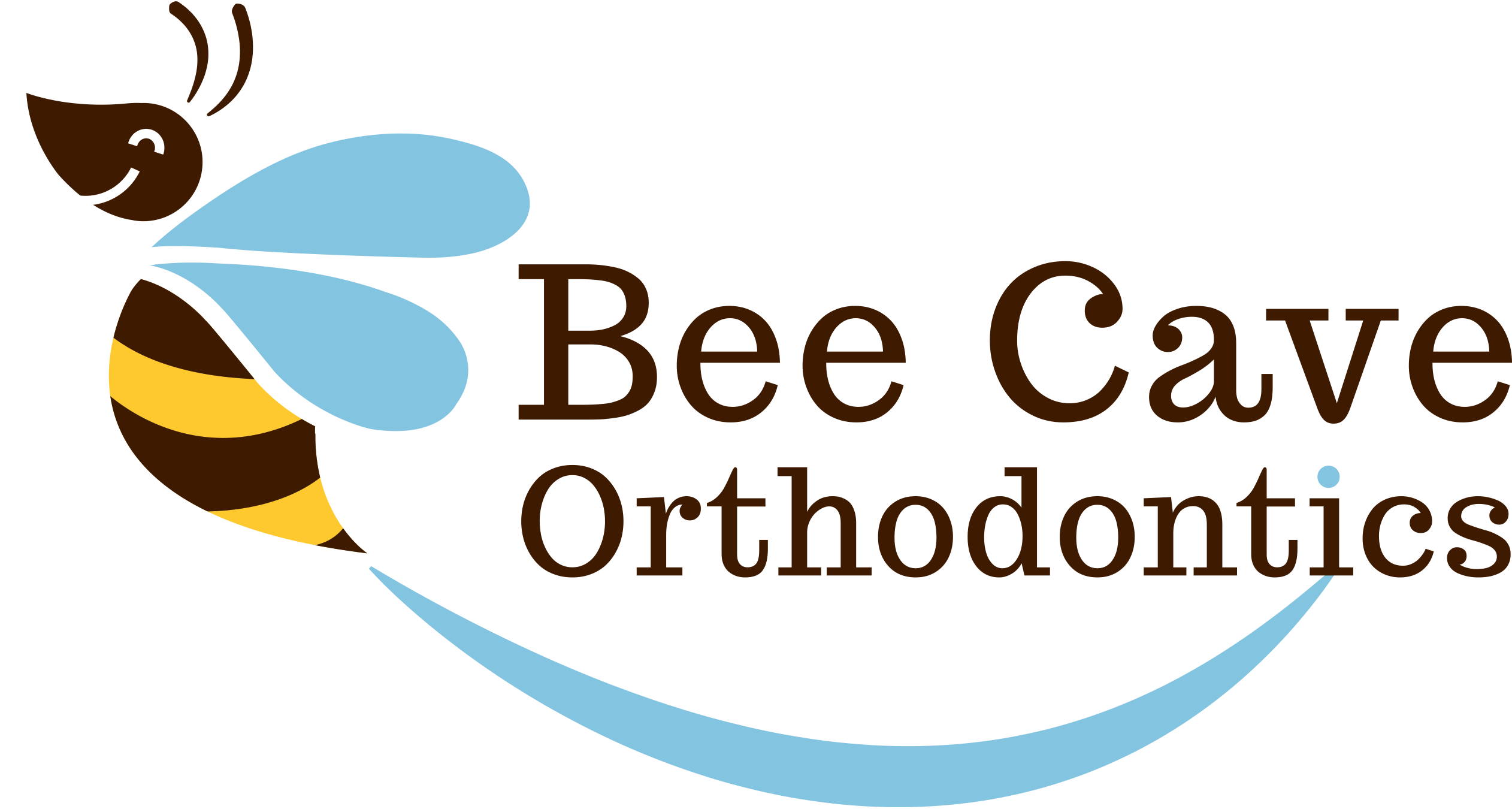Dental treatments for obstructive Sleep Apnea – Bee Cave Orthodontics – Austin, Texas
Obstructive sleep apnea (OSA) is a common but serious condition that affects millions of people around the world, including many in Austin, Texas.

A man sleeping on a bed
It is a sleep disorder characterized by repeated interruptions in breathing due to a blockage in the upper airway, leading to poor sleep quality and potentially dangerous health consequences. While OSA is often associated with general medical treatments, many people may be surprised to learn that dental and orthodontic solutions can play a key role in managing and treating this condition.
In this blog, we’ll explore what obstructive sleep apnea is, its symptoms and causes, and how modern orthodontics can offer effective treatments, especially for those seeking solutions in Austin, Texas.
Understanding Obstructive Sleep Apnea
Obstructive sleep apnea occurs when the muscles in the throat relax excessively during sleep, causing the soft tissues to collapse and block the airway. This blockage can result in pauses in breathing, often lasting for 10 to 30 seconds at a time. These interruptions can happen multiple times per night, leading to poor oxygen levels in the body and disrupted sleep.
Common Symptoms of OSA
- Loud snoring: One of the most noticeable signs of obstructive sleep apnea is loud, chronic snoring. This happens because air is forced through a partially blocked airway, causing the tissues to vibrate.
- Gasping for air: People with OSA may wake up suddenly, gasping for air or feeling like they’re choking. This is the body’s natural reaction to the lack of oxygen during an apnea episode.
- Daytime sleepiness: Due to the constant interruptions in sleep, many individuals with OSA experience excessive daytime sleepiness and fatigue, even after a full night’s rest.
- Morning headaches: Sleep apnea can lead to poor oxygen circulation, resulting in headaches or migraines upon waking.
- Difficulty concentrating: Lack of restful sleep can also cause cognitive issues, such as difficulty concentrating, memory problems, or irritability.
Causes and Risk Factors of Obstructive Sleep Apnea
While anyone can develop obstructive sleep apnea, there are certain risk factors that increase the likelihood of experiencing the condition.
Risk Factors for OSA
- Obesity: Excess weight, particularly around the neck, can put extra pressure on the airway and lead to blockages during sleep.
- Age: OSA is more common in older adults, as the muscles in the throat and airways tend to weaken with age.
- Family history: Genetics can play a role in the development of sleep apnea, as some individuals inherit a naturally narrower airway.
- Gender: Men are more likely to suffer from OSA than women, although the risk for women increases after menopause.
- Alcohol and sedatives: These substances can relax the muscles in the throat, making airway collapse more likely.
- Nasal congestion: Chronic congestion or structural issues in the nasal passages can contribute to obstructed airflow during sleep.
The Role of Orthodontics in Treating Obstructive Sleep Apnea
While obstructive sleep apnea is often managed with Continuous Positive Airway Pressure (CPAP) machines, dental and orthodontic treatments offer alternative solutions that can be just as effective, especially for mild to moderate cases of OSA.
Orthodontists and dental professionals in Austin, Texas, are increasingly involved in treating sleep apnea by addressing the structural issues that contribute to airway obstruction.
Orthodontic Treatment Options for OSA
- Oral Appliance Therapy (OAT) Oral appliance therapy is one of the most common dental treatments for obstructive sleep apnea. A custom-made oral device, similar to a mouthguard, is worn at night to reposition the lower jaw and tongue. By keeping the airway open, these devices help prevent the collapses that cause apneas.
- Comfort and ease of use: Unlike CPAP machines, which require wearing a mask connected to a machine, oral appliances are small, portable, and easy to use. This makes them an appealing option for many patients, especially those who travel frequently or have trouble tolerating CPAP.
- Custom fit: Orthodontists and dental specialists create these appliances specifically for the patient, ensuring a comfortable and effective fit.
- Palatal Expansion Some patients with obstructive sleep apnea, particularly children and teenagers, can benefit from orthodontic treatments that expand the upper jaw, also known as the palate. A narrow palate can contribute to a restricted airway, making it harder to breathe during sleep. Palatal expansion widens the upper jaw, creating more space in the airway and reducing the likelihood of obstructions.
- Early intervention: For children, this treatment can help prevent the development of OSA later in life by addressing structural issues early on.
- Non-invasive: Palatal expansion is a non-surgical treatment option that involves the use of a device that gradually widens the jaw over time.
- Braces and Alignment Correction In some cases, misaligned teeth or jaw structures can contribute to obstructive sleep apnea. Orthodontic treatments like braces or clear aligners can correct these issues, improving the function of the airway.
- Long-term results: By correcting alignment issues, braces can provide a permanent solution to airway obstruction, improving breathing and overall sleep quality.
The Importance of Early Diagnosis and Treatment
If left untreated, obstructive sleep apnea can lead to serious health complications, including heart disease, high blood pressure, diabetes, and stroke. For children, untreated OSA can also impact growth, behavior, and cognitive development. That’s why early diagnosis and treatment are critical.
In Austin, Texas, many dental and orthodontic professionals are trained to identify the signs of sleep apnea and offer treatments that go beyond traditional CPAP therapy. By addressing the structural issues that cause airway obstruction, orthodontic treatments can provide long-term relief and improve overall health.
Schedule a Free Consultation!
Obstructive sleep apnea is a common and potentially dangerous condition, but with the right treatment, it can be effectively managed. Orthodontic and dental treatments, including oral appliances, palatal expansion, and braces, offer innovative solutions for people suffering from OSA, especially in cities like Austin, Texas, where modern dental care is readily available.
If you or a loved one is experiencing symptoms of sleep apnea, consider consulting with an orthodontist or dental professional to explore your treatment options and take the first step toward better sleep and overall health.
Click here to schedule a free consultation!
Want to get to know us a little better? Check out our You Tube Videos!

